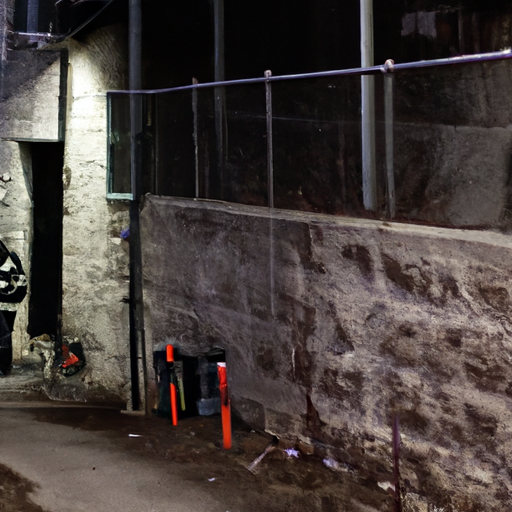The Echoes of the Opioid Crisis: A Closer Look at Its Effects on Toronto Neighbourhoods
The opioid crisis is a pervasive issue that has encompassed all corners of Canadian society. The core of the problem is laid bare in an article by Global News as it delves into its far-reaching effects, especially in one of Canada’s biggest cities, Toronto.
The Cold, Hard Numbers of Opioid-Use
Across the country, opioids continue to claim lives. In 2019 alone, data from the Government of Canada shows that 3,823 deaths were related to opioids. Of these, 94% were accidental in nature, and fentanyl poisoning was a factor in 75% of these losses. These statistics shed disturbing light on this escalating crisis.
The article presents a sadder narrative of an alley located in Toronto, known colloquially to residents as ‘the alley of death.’ The area has become a hotspot for substance abuse, criminal activities and, most tragically, deaths attributed to drug overdose.
Impact on local Communities
The opioid crisis isn’t solely about the devastating loss of life. It’s also causing ripples throughout communities, amplifying crime rates and exacerbating homelessness. The alley in Toronto is a visceral portrait of this, as it’s littered with remnants of drug paraphernalia and frequently visited by police due to reports of criminal activities.
The residents of this community are rightfully disturbed and concerned for their safety. The alley’s grim nickname isn’t an exaggeration, considering the regular discovery of bodies from fatal drug overdoses. This distressing situation underscores how the opioid crisis is more than a public health issue – it’s a social issue that’s reshaping the neighborhoods in our cities and impacting the quality of life of residents.
Combating the Crisis
On the bright side, the Government of Canada has shown commitment in addressing this crisis head-on with a series of measures utilizing a public health approach. They have improved access to treatment and harm reduction services and invested resources into supporting initiatives that aim to curb the crisis. One such example is the provision of naloxone kits, a medication that can reverse the effects of opioid overdose.
Role of Opioid Class Action
In addition to government measures, the opioid class action lawsuit is a significant component of Canada’s response. By holding opioid manufacturers accountable for their aggressive and misleading marketing, these proceedings are pushing for compensation that could directly support addiction treatment and prevention programs.
Key Points:
- The opioid crisis is a widespread issue affecting all facets of Canadian society.
- In 2019 alone, 3,823 opioid-related deaths were recorded across Canada.
- The crisis is contributing to increasing crime rates and worsening homelessness.
- Proactive initiatives have been implemented, including shifting towards a public health-centred approach, increasing access to naloxone kits, and proceeding with the opioid class action lawsuit.
The opioid crisis presents a multi-faceted challenge for communities and governments alike. It’s not just about statistics, addiction, or fatal overdoses – it’s about lives, livability, and human resilience. As evidenced in the aforementioned alleyway in Toronto, the crisis is causing rippling effects on the social fabric of rundown corners of our cities, further highlighting the need for comprehensive solutions.
Though measures such as enhancing access to naloxone kits, proceeding with the opioid class action lawsuit, and adopting a public health approach present a positive sign, much remains to be done. This battle won’t be won in a day, but with continued efforts, awareness, and resilience, we can hope to rewrite the narrative of the opioid crisis in Canada.
In conclusion, it’s essential to remember the faces behind the statistics and the vibrant communities represented by the alleyways, as we work towards a collective solution that doesn’t just treat the symptoms, but addresses the root cause of the opioid crisis.
